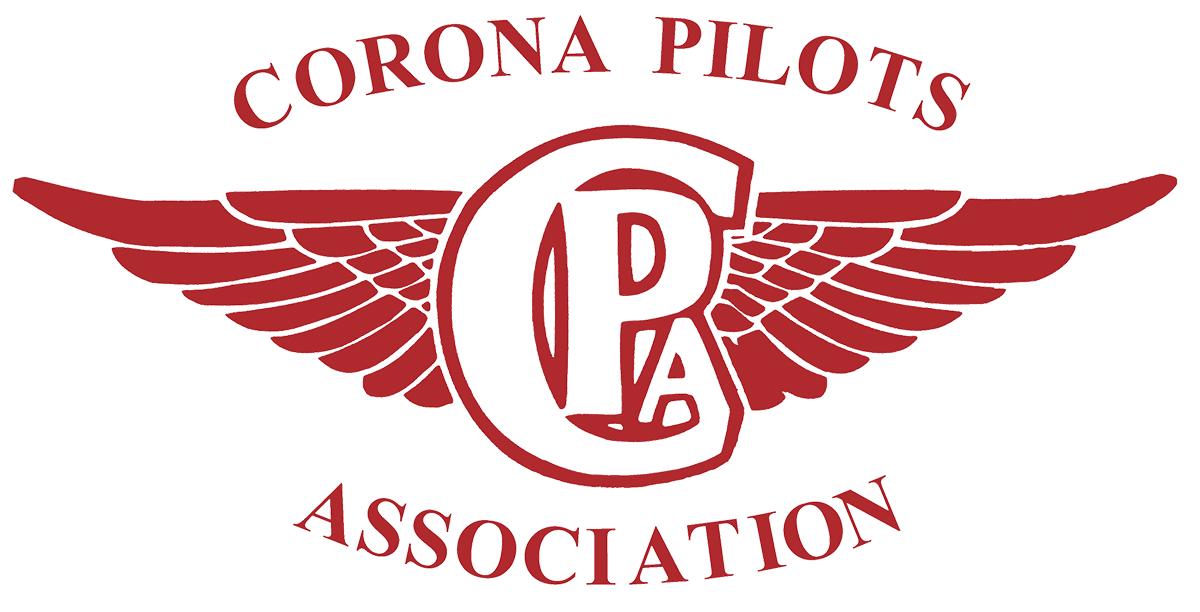Personal Property Tax Exemption
!!!UNDER CONSTRUCTION, NOT YET FINALIZED!!!
Riverside County Forms:
Riverside County Claim Form: https://www.capropeforms.org/counties/riverside/form/BOE-260-B/2025
Riverside County attendance sheet (ACR 572): Click HERE
Aircraft of Historical Significance Exemption (California)
Please read the full description on what the State of California requires of aircraft owners to qualify for the property tax exemption – The official link from the CA BOE: https://boe.ca.gov/proptaxes/ahs_exemption.htm and from Riverside County regarding personally owned aircraft: https://www.rivcoacr.org/non-commercial-aircraft
California provides a property tax exemption for qualifying vintage aircraft classified as “Aircraft of Historical Significance.” This exemption can reduce or eliminate the property taxes on eligible aircraft. Below are the eligibility criteria and instructions on how to apply for this exemption, based on information from the California State Board of Equalization.
Eligibility Criteria
To qualify for the Aircraft of Historical Significance exemption, the aircraft and owner must meet all of the following criteria:
- Historically Significant Aircraft: The aircraft is an original, restored, or replica heavier-than-air aircraft that is either at least 35 years old or a type/model of which fewer than five are known to exist worldwide. (This defines an “aircraft of historical significance” under California law.).
- Individual Ownership (Not for Sale): The aircraft is owned by an individual person (not a corporation, partnership, or other legal entity) and not held primarily for sale. In other words, you must be a private owner, and the plane isn’t part of an inventory for resale.
- Non-Commercial Use: The aircraft is not used for commercial purposes or general transportation (e.g. not used for hire, business, or personal commuter travel). It should essentially be kept for historical interest, not everyday transportation or profit-making activities.
- Public Display: The aircraft has been made available for public display for at least 12 days during the 12-month period immediately before the applicable lien date (January 1) of the tax year. This typically means displaying your aircraft at air shows, museums, or other public events throughout the year. (If your aircraft was first made available for public viewing only shortly before the lien date – i.e. less than 12 days prior – you can still qualify by certifying in writing that it will be displayed at least 12 days in the following 12-month period.). Each public display event must be documented by a signed certificate of attendance from the event organizers, and the general public should have had reasonable access to view the aircraft during those times.
How to Apply for the Exemption
If your aircraft meets all the above criteria, you must file a claim each year to receive the property tax exemption. The process is as follows:
- Obtain the Claim Form (BOE-260-B): The required form is BOE-260-B, titled “Claim for Exemption from Property Taxes of Aircraft of Historical Significance.” You can get this form from your county assessor’s office or download it from the California BOE’s Property Tax Forms page (look for Form BOE-260-B on that page).
- Complete the Form and Gather Documentation: Fill out the BOE-260-B claim form completely. You will need to attach documentation for each public display event your aircraft attended in the prior year. Specifically, include the certificate of attendance for each event, signed by the event organizer or sponsor, as proof that your aircraft was displayed to the public on those dates.
- Submit to County Assessor by February 15: File the completed form each year with the assessor of the county where the aircraft is located on or before February 15 (for the January 1 lien date) to receive 100% of the exemption for that tax year. Submit all required documents (including the certificates of attendance). If this is your first time claiming the exemption in that county, you will also need to pay a one-time $35 filing fee with your initial application. In subsequent years, no fee is required for renewal filings in the same county.
(Late filing: If you miss the February 15 deadline, you can still file by August 1 of the same year to receive a partial exemption (approximately 80% of the normal benefit) for that year.)
Note: Forms and/or regulations may vary county by county. Be sure to check with your local county assessor’s office for any additional requirements or differences in the application process.
